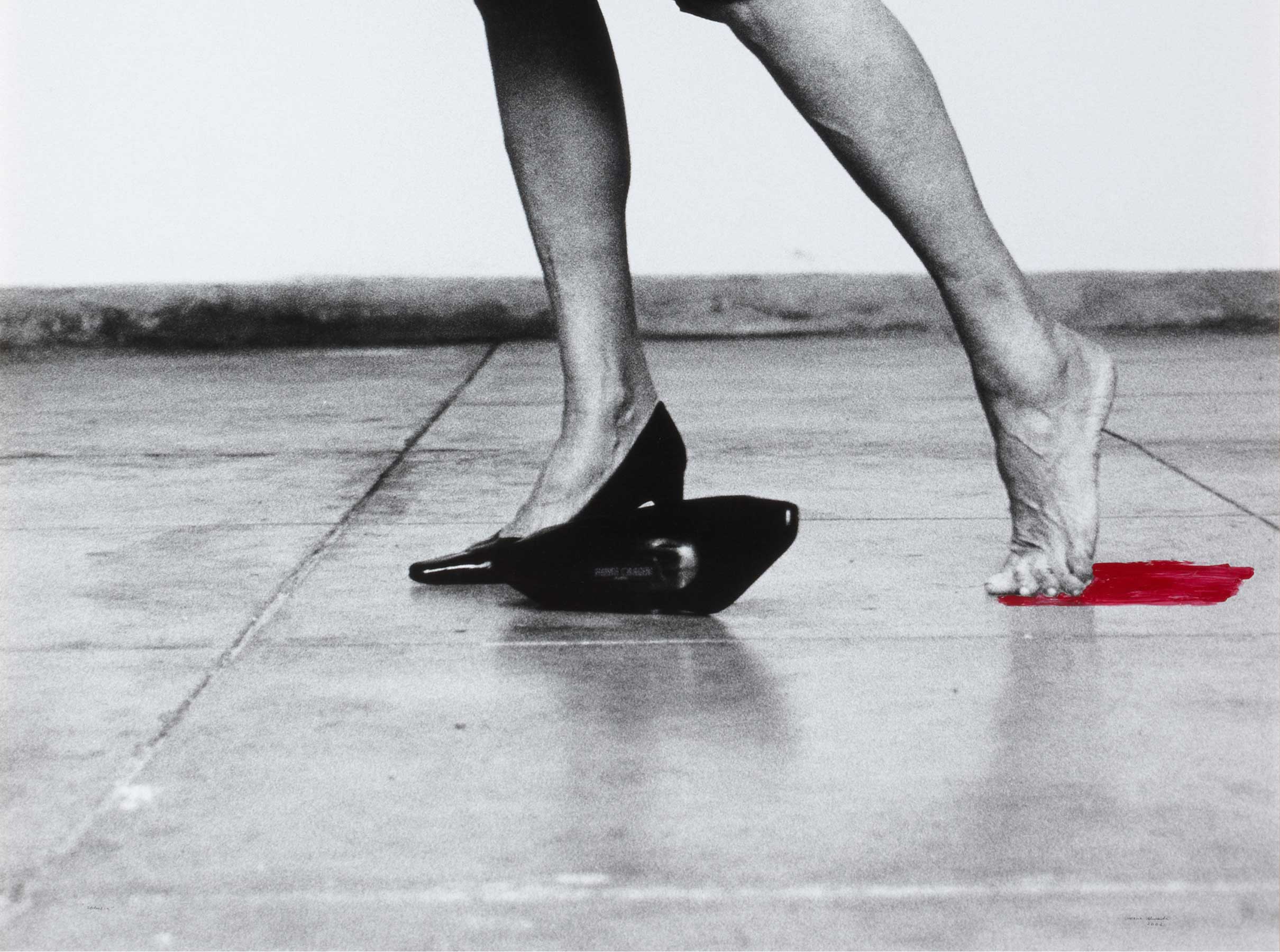Eames House (Case Study #8)
- 2003
- Digital print on paper
- 96 x 123 cm
- Edition 1/3
- Cat. F_89
- Acquired in 2004
Alex Hartley is interested in utopian ideologies, particularly in the way they materialise through natural habitats and are built by human beings. He uses very different media, including photography, in his work. He is therefore not a photographer but rather an artist who uses photography for explorations, but also uses other formats such as installations and artist books. His work includes an indirect reference to the romantic notion of ruin, but the fact that he works on more recent, modern elements - buildings in which the viewer can identify their own visual culture - makes some of his paintings more disturbing. Some depict reality and others are constructed by juxtaposing photographs of architectural models in the chosen context.
In Eames House (Case Study #8) (2003), nature seems to have rebelled to the point of completely laying siege to an icon of contemporary architecture: Charles and Ray Eames’ home. They began to design the property for themselves in 1945 under a programme aimed at applying new materials and technologies developed during World War II, and the house was given the moniker of Case Study. The Eames House stands in the Pacific Palisades neighbourhood of Los Angeles, and is currently conserved and managed by the Eames Foundation. It is open to visitors and an extensive educational programme is run around the house, just on the other side of the rear façade that Hartley shows. Through his eye, which tends to rest on unusual viewpoints and ‘unofficial’ entries to these monumentalised places, the building shows all the signs of the ruin of a pre-fabricated house remissibly abandoned to its fate. The artist thus reflects on the way in which modern architecture is presented, the ways in which its layout is limited, its prospects with the passing of time and the way in which the trend to turn it into an icon and fetish overrides any interest in its natural decadence. In a presentation of some of his photographs in 2016, which included several shots of the Eames House, he pondered: ‘These are Neutra buildings, a couple of Eames Case Study houses, a John Lautner building… For me, these are the finest examples of residential architecture. In that particular setting where modernism needs and relies on the landscape, it is all about trying to open out the architecture to have the garden and all that outside space become part of the building. But, in doing so, you end up having to defend that building with the edges of your property, because otherwise you’re just living inside a glass box.’
Other works by Alex Hartley

